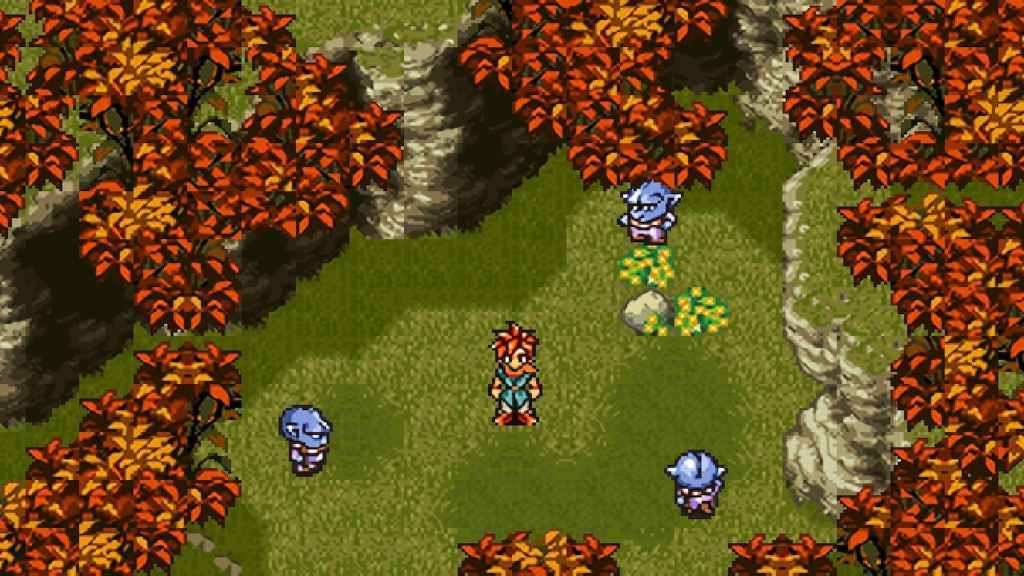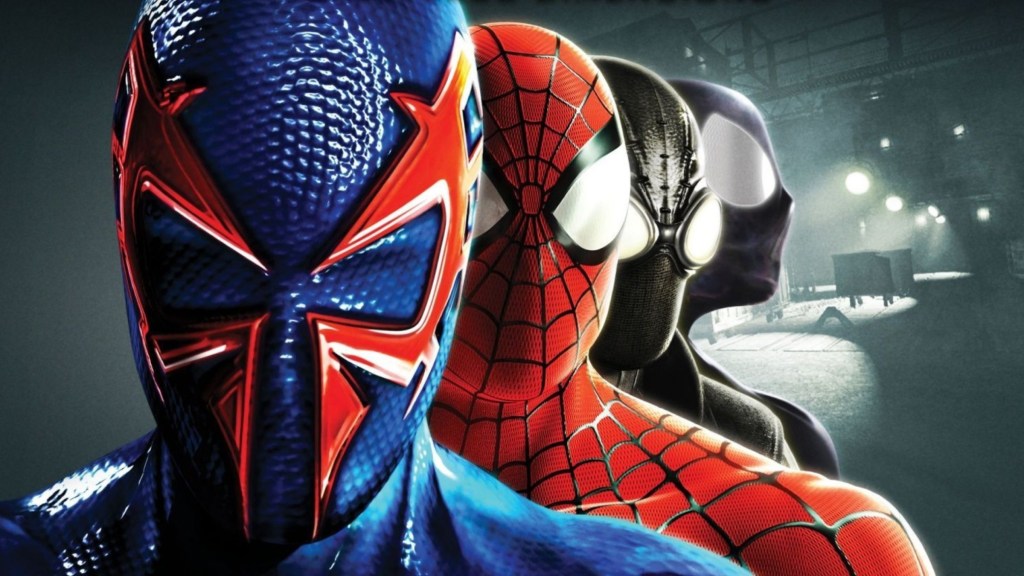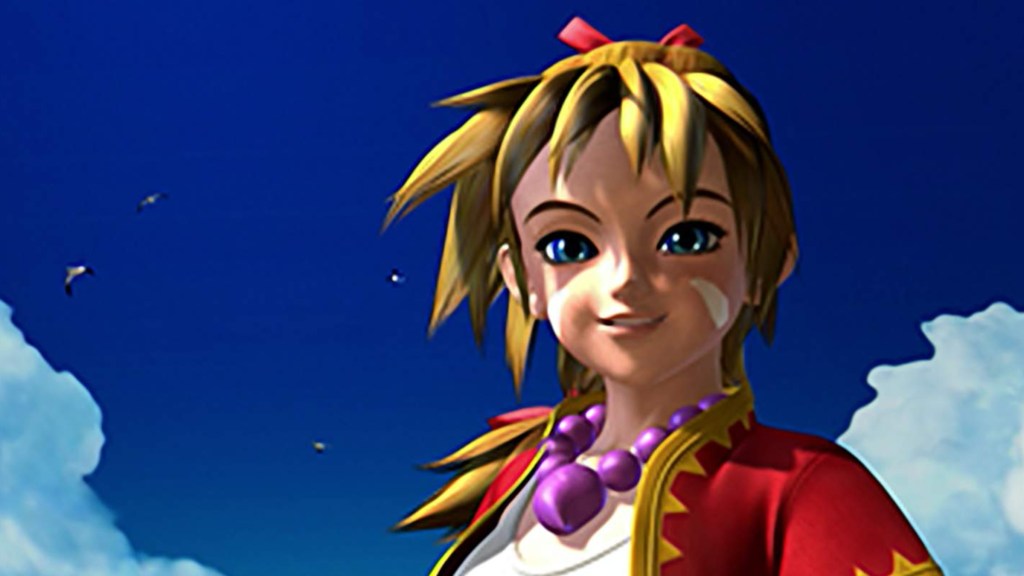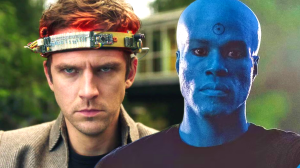The multiverse as a concept has been explored plentty, but it gained renewed focus in recent years thanks to the success of films like Spider-Man: Into the Spider-Verse and TV shows like Rick & Morty. Gaming has been clued in to the storytelling and worldbuilding potential of a multiverse for years, with plenty of games across the 21st century like Mortal Kombat 1 and Eternal Darkness using the concept to great effect.
Videos by ComicBook.com
In fact, so many games have used the multiverse as a central concept that there were plenty of notable examples from easily over a decade ago. Some of them used the idea as a way of explaining sprawling sequels, while others made them crucial to the narrative and themes of their game. Some have even incorporated the multiverse into the overall design, using different realities to emphasize different gameplay mechanics. Here are some of the games that best utilized a mutliverse over a decade ago.
The Legend of Zelda

Fans spent years debating the timeline of The Legend of Zelda and how all the various reincarnations of Link and Zelda factored into the overarching story. However, thanks to Hyrule Historia, gamers discovered that the formal timeline had actually been splintered by the events of Ocarina of Time. While the multiverse is limited to only a few confirmed universes (including the Child Timeline, Adult Timeline, and Fallen Hero Timeline), the inclusion of time-travel and alternate paths established by the divergences of Hyrule Warriors: Age of Imprisonment formally establishes alternate dimensions and possible timelines as a factor for this Nintendo franchise. Even beyond that, Majora’s Mask highlighted the existence of alternate dimensions in the franchise, codifying it as a franchise with differing branching paths.
Chrono Trigger

Chrono Trigger is one of the most acclaimed entries in the JRPG genre, with a time-traveling narrative that takes players through multiple possible periods. One of the central mechanics of the game is a time-hopping ability that sends players across the timestream in an effort stop the End of Time. These different periods set the stage for several alternate scenarios and paths for players to uncover, with certain story developments altering the future and creating different possible timelines. It’s an engaging take on the multiverse concept, laying the fate of the setting entirely on the player and their actions.
Dragon Ball Xenoverse

As the central concept of the Dragon Ball Xenoverse games, possible timelines and the larger multiverse become exciting battlefields for players. The plotline of the game (as well as its sequel) focuses on powerful interlopers interrupting the events of the canon timeline, forcing the player character to race into doomed timelines for the Z-Warriors in a desperate bid to undo the damage. These timelines are brought to life in cinematics that can be shockingly grim for fans of the franchise, offering vivid visions of realities where villains like Frieza, Cell, and Buu wiped out the heroes. It’s an engaging title for fans of the franchise, even if it does bristle against the eventual canon version of a multiverse that appears in the Dragon Ball Super anime.
BioShock Infinite

One of the rare games that makes the multiverse not just important as a world-building element but as a crucial aspect of the plot, BioShock Infinite uses the concept as the bedrock for a story about regrets, mistakes, and redemption. At the center of the plot is Booker DeWitt, who finds himself on a mission to the airborne city of Columbia to save a woman named Elizabeth. When her ability to rip holes between realities becomes evident, it shifts the self-contained narrative of the game into a multiverse story that touches upon the rest of the BioShock franchise while also using it as a potent aspect of the game’s themes.
Spider-Man: Shattered Dimensions

Superhero universes are no strangers to the multiverse as a concept, but Spider-Man: Shattered Dimensions has one of the best examples of how the idea can be used to justify inventive gameplay. Focusing on four realities and their respective versions of the Wall-Crawler (Amazing Spider-Man, Spider-Man Noir, Spider-Man 2099, and Ultimate Spider-Man), each dimension is brought to life with a different art design. Each universe also focuses on a different gameplay mechanic and style, which underscores the appeal of the multiverse as an idea. Other superhero video games like Injustice: Gods Among Us and Spider-Man: Edge of Time also dive into the multiverse, but Shattered Dimensions does a great job of bringing alternate dimensions to life.
Chrono Cross

Building on the legacy of Chrono Trigger (and even bringing back some of the developers behind that title), Chrono Cross focuses on a young hero who discovers there are parallel dimensions — including one where his death as a child led to a very divergent reality. Similar to BioShock Infinite, Chrono Cross uses the existence of alternate realities as the basis for strong storytelling and character arcs. The result was widespread acclaim for the title, highlighting how effective the multiverse trope has been utilized across gaming for several decades.








